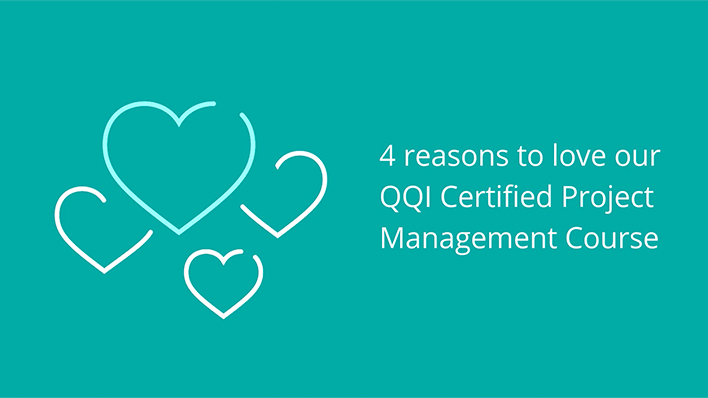What are the Stages in a Project Life Cycle?
Depending on who you ask, a conventional project life cycle will have either 4 or 5 stages. When you look at the life cycle of Agile and Scrum projects, the number of stages creeps up to 8.
In this article, we break down the project management phases into those we consider essential to running a successful, smooth-running project.
Get an Instant Overview
You can get access to information about our
Project Management courses by instantly downloading our PDF brochure, "A Guide to our Project Management Courses and Certifications".
Jump to Any Section
What are the 5 Stages of the Project Life Cycle?
You will often see the 5 stages of Project Management listed as:
- Initiating
- Planning
- Execution
- Closing
- Monitoring and Controlling
These are the classic project management phases, and are
still relevant for project work today.
However, with so many variables occurring in how we do business and run projects these days, we have adjusted these phases to have a broader reach.
- Decide if it’s worth doing.
- Plan what must be done.
- Do what must be done.
- Track what is happening.
- Review what has been done.
No matter what else comes into play, these are 5 essential steps to running a great project and leading a continually improving project team. Let's look at these stages in more detail.
Understanding the 5 Stages
1. Decide
Decide if this project is worth undertaking. This stage is often called “Initiation”.
For any project to be worthwhile, there must be a justified business case for its undertaking. This is the point where the project manager and leadership team evaluate the case for beginning the proposed project
2. Plan
Before any further steps can be taken, you must plan what needs be done.
Once you’ve decided that there is good reason to complete this project, you need to plan how to achieve your goals.
3. Do
Once you’ve mapped out the logistics, timeline and resources of your project, it’s time to do what must be done to get there.
This step is often called “Execution”.
4. Track
Sometimes this step is bundled in with the “Do” stage, but we feel it deserves a separate mention.
Once the project is in full swing, it’s crucial to track what is happening. Monitoring progress gives you visibility on whether work is on-track with your schedule. It helps you spot any blocks to productivity and prompts you to adjust your plans if needed.
5. Review
The very best project managers focus on evaluation and continuous improvement.
When you reach the end of a project, it’s tempting to close it off quickly and dive into the next. While pausing to review the project coming to an end can sometimes feel like a waste of time, nothing could be further from the truth.
By evaluating what worked well and what could be improved upon, you will already be contributing to the success of your next project.
Begin Again: The Unofficial 6th Stage
We have included an informal 6th stage here:
beginning again.
With the popularity of
sustainable, iterative approaches to project management such as
Agile and Scrum, project teams are in a continuous flow of productivity more than ever.
The lifecycle of a project changes slightly when using these
responsive project management methodologies.
Agile and Scrum break a project into
smaller chunks, so that you may run through the
5 project life cycle phases above in each stage of a project’s deliverables.
Why is the Project Management Life Cycle Important?
Without a logical life cycle for your project, it’s all too easy to lose focus and get side-tracked by other tasks.
Staying true to the project life cycle helps you and your project team to maintain a steady momentum and stay on track for your delivery dates.
The life cycle also acts as a prompting system. As you move through the phases, you will be reminded of certain tasks and checks that must be completed. This safety net ensures that nothing is overlooked.
How can I apply these Project Management Phases?
The first step to following the project life cycle correctly is understanding it. By reading up on the thinking behind the project management life cycle in articles like this, you’ll gain a clear understanding of why this is important and how it could apply to your work.
The next step is to acquire the skills and techniques for following each stage in a project life cycle. This may vary, depending on which project management methodology you use in your team.
Training and certification in a tried-and-trusted methodology will provide you with the support and confidence you need to apply the life cycle successfully to your next project.
Talk to Us
If you’re not sure what project management approach to take, we’ll be happy to advise. Get in touch with our training consultants to discuss what’s right for your career or your business projects.
You can reach us by phone at Freephone 1800 910 810, or click below to request a call back from our team.
For more details on choosing a course for your needs, why not download our free PDF Guide to Project Management Courses below.







